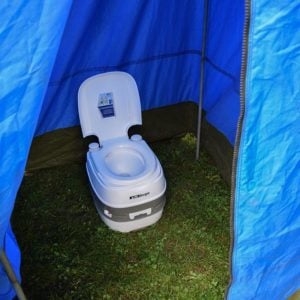Getting to Kilimanjaro
5 STAR RATED TOUR OPERATOR IN TANZANIA
★★★★★ Rated 5 out of 5
Here’s a guide on how to reach Kilimanjaro from various parts of the world and the nearest beach holiday destinations.
Flying Directly to Kilimanjaro International Airport (JRO):
The most convenient way to reach Kilimanjaro is by flying directly into Kilimanjaro International Airport (JRO). Airlines like KLM/Kenya Airways, Ethiopian, Turkish and Condor Airlines provide services to this gateway. Upon arrival, you can get a private taxi transfer to Moshi for $50-$60 one way. Alternatively we can arrange this for you.From Nairobi to Kilimanjaro
- Flight Option: For swift access, Kenya Airways and Precision Airways offer regular flights connecting Nairobi (NBO) and Kilimanjaro (JRO), with online booking options.
- Riverside Bus Shuttle: The “Riverside” bus shuttle links Nairobi and Moshi. This six-hour journey costs $40 per person each way and departs daily from Nairobi at 8 am. Be sure to arrive 30 minutes early for luggage loading. The shuttle stops at the Tanzanian border for immigration and customs checks, requiring a visa for entry into Tanzania. The route also includes a stop in Arusha for a shuttle switch and lunch.
- Private Car: Opt for a more personalized experience by taking a private car from Nairobi to Moshi. This option accommodates 7-8 people or a mini-bus for 20-25 passengers. You have control over pickup time and location, and the cost for a 7-8 person car is around $500 one way.
From Dar es Salaam to Kilimanjaro
- Bus Journey: Buses between Dar es Salaam and Moshi provide a cost-effective option, with fares around $50 per person for an 8-hour one-way trip. Morning departures are available.
- Domestic Flight: Swiftly bridge the distance with a domestic flight taking approximately 1 hour, costing around $240 one way.











